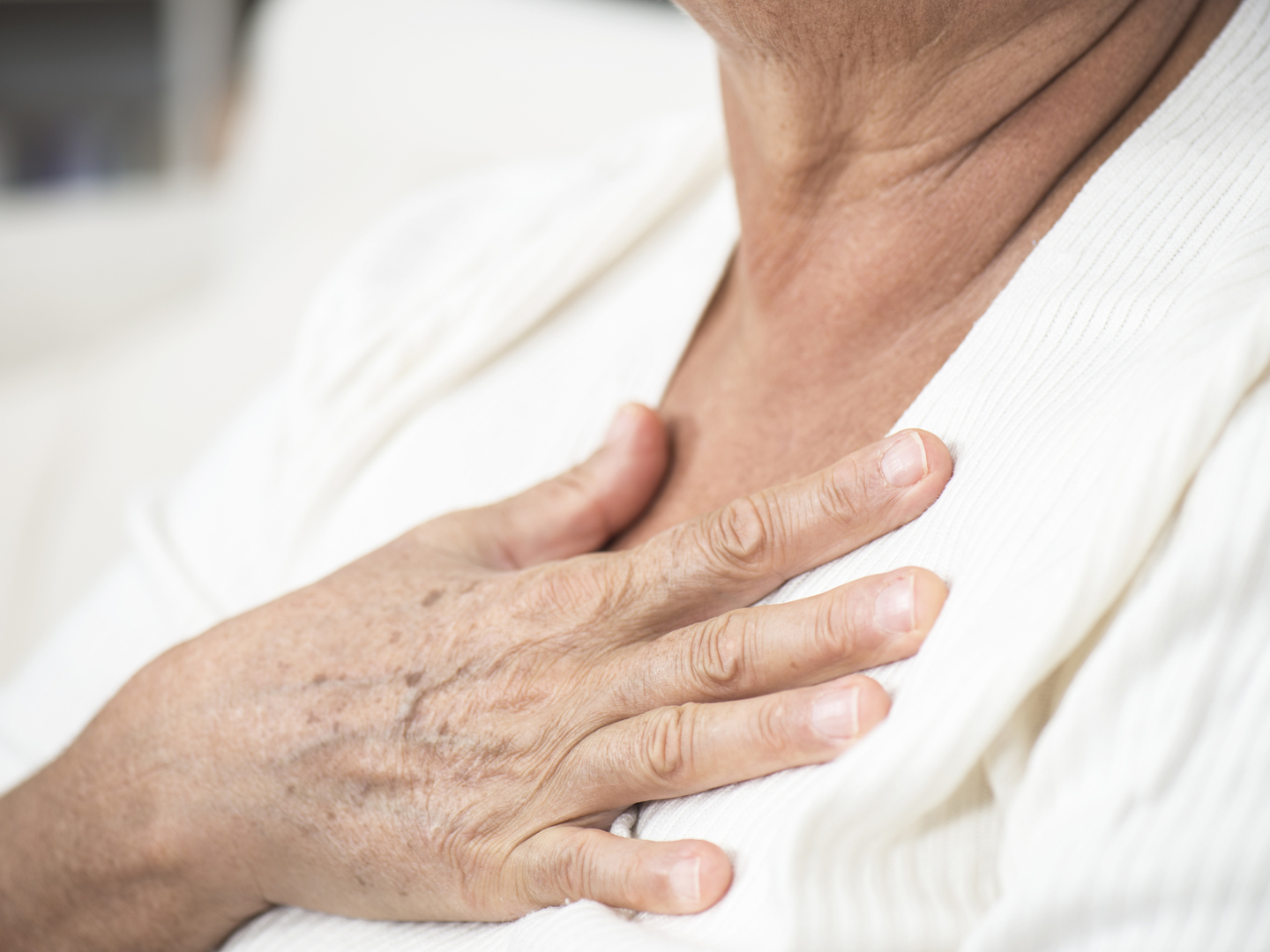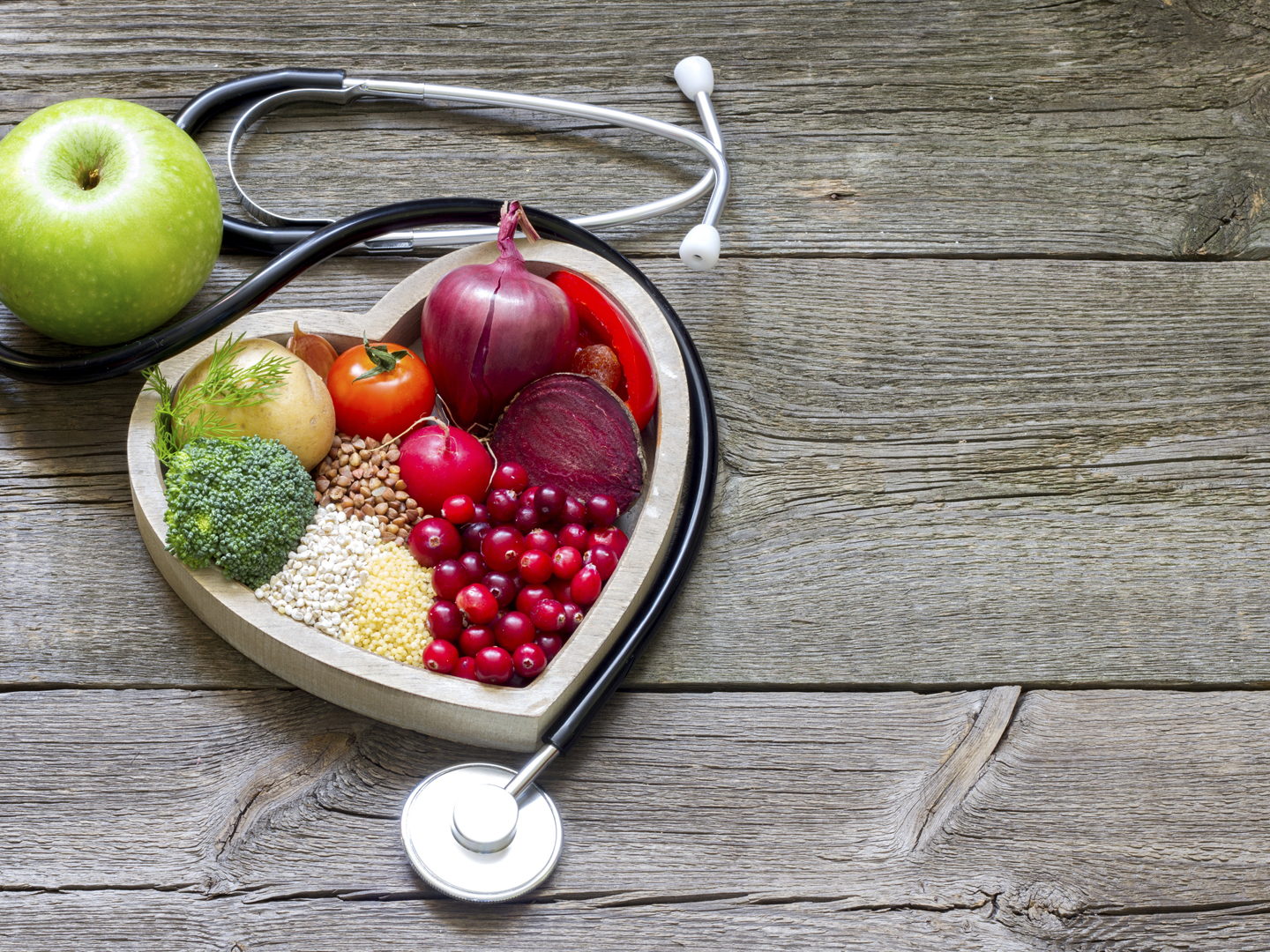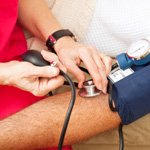Cardiovascular Disease

These four conditions are associated with heart disease, cardiovascular disease:
- Atherosclerosis
- Insulin Resistance
- High Homocysteine
- Angina Pectoris
Here are the overviews:
1. Atherosclerosis
Overview
Atherosclerosis is a condition in which cholesterol-rich plaque builds up along the arterial walls. Atherosclerosis is thought to develop when an injury occurs to the endothelial (inside) lining along the artery wall. In response to the injury, white blood cells, along with lipids, begin to accumulate along the inner layer of the artery. The muscle layer of the artery may also grow, forming the basis of a plaque, which many grow large enough to block the artery. If the plaque is disturbed, platelets may begin to accumulate at the site and form a thrombus, or clot. A clot can continue to grow until it completely blocks an artery, cutting off the oxygen supply to a vital organ, or a clot can break free from the vessel wall (become an embolus) and become lodged somewhere else further downstream. This could lead to a heart attack or stroke if the clot completely blocks the blood and oxygen supply to a major artery leading to the heart or brain.
Causes and Symptoms
Recent studies have shown that children with one or both parents who have had heart disease before age 60 were more likely to have atherosclerosis themselves, and the risk of CAD increases progressively with age. Other risk factors for developing atherosclerotic plaques include high cholesterol, smoking, high blood pressure, diabetes, and the use of birth control pills or estrogen replacement therapy.
Suggested Lifestyle Changes
Those with atherosclerosis should try to:
Get more exercise. This will help maintain the health of the vessels leading to the heart, as well as strengthening the heart muscle itself.
Eat a low-glycemic diet.
Stop smoking.
Control your blood pressure.
Nutrition and Supplements
Fish oil. The omega-3 fatty acids in fish and fish oil supplements have been shown to be an effective preventive strategy against heart disease. They can lower triglyceride levels, increase HDL cholesterol, help minimize inflammation and blood clotting, and keep blood vessels healthy.
Coenzyme Q10 (CoQ10). This antioxidant is thought to be one of the most important antioxidant supplements for protection against many forms of cardiovascular disease. It helps protect LDL cholesterol from oxidation, maintain healthy blood vessels, protect against clots and plaque rupture, and support optimal functioning of the heart muscle.
2. Insulin Resistance
Overview
Insulin is a hormone that facilitates the transport of glucose from the blood into cells where it is used as fuel. When blood sugar rises after a meal, the pancreas secretes insulin into the bloodstream. With insulin resistance, the normal amount of insulin secreted is not enough to move glucose into the cells – thus the cells are “resistant” to the action of insulin. Thus the name, insulin resistance. To compensate, the pancreas secretes even more insulin, and is able to maintain fairly normal blood-sugar movement into cells and a normal blood-sugar level.
The resulting high level of insulin, however, has several negative effects elsewhere in the body. It influences the enzymes in the liver that produce cholesterol and acts on the kidney (which can contribute to high blood pressure). High insulin levels also have a role in the process that regulates inflammation. Eventually, blood-sugar levels will continue to rise because the pancreas stops producing enough insulin or the cells become more and more resistant to the insulin that is produced. In time, insulin resistance can lead to type 2 diabetes, itself a risk factor for heart disease.
A simple way to diagnose an insulin resistance problem is to take a blood test that looks for a low HDL cholesterol, along with a high triglyceride level, a high fasting insulin level or a high uric acid level.
Causes and Symptoms
Insulin resistance is often due to:
Genetic factors, such as a family history of diabetes, high blood pressure or heart disease.
Excess weight, with the extra pounds accumulating in the abdomen (the classic “apple” shape). However, thin people can also have the problem and be at the same risk for heart disease, high blood pressure and diabetes.
Suggested Lifestyle Changes
For those with insulin resistance, try the following:
Watch your carbohydrate intake. The classic low-fat, high-carb diet that was the standard recommendation for preventing or treating heart disease for years can actually make insulin resistance worse. Carbohydrates (starches and sugars) raise blood sugar levels and trigger the release of insulin. A moderately low carbohydrate diet (40 to 45 percent of calories) emphasizing low glycemic index sources of carbohydrate (those that raise blood sugar levels slowly rather than quickly) is recommended. In general, foods very rich in fiber are healthy.
Focus on healthy fats. Include moderate amounts of monounsaturated fat (30 to 35 percent of calories) rather than following a strict low-fat diet.
Eat generous amounts (five or more servings) of non-starchy vegetables and one to two servings of low-glycemic index fruit every day.
Lose weight if you are overweight. Even small amounts of weight loss can improve insulin resistance.
Exercise. Vigorous aerobic exercise decreases the cells’ resistance to insulin.
Eat fish frequently. The best are cold-water fish that are high in omega-3 fatty acids, like wild Alaskan salmon and sardines. This type of fat seems to improve cells’ response to insulin.
Eat small, frequent meals to keep blood sugar levels as stable as possible.
Nutrition and Supplements
Coenzyme Q10 (CoQ10). This powerful antioxidant has been shown to be beneficial for heart health by protecting LDL cholesterol from oxidation and re-energizing the mitochondria in the heart cells, which is where energy metabolism occurs.
Alpha-lipoic acid. This antioxidant nutrient improves the cells’ response to insulin and can help stabilize blood sugar levels.
Magnesium. Higher insulin and blood sugar levels are often observed in people with low plasma magnesium levels and magnesium supplementation improves insulin resistance in animal studies.
Chromium. This mineral helps stabilize blood sugar, may improve serum lipid profiles, and also may help the body utilize glucose and burn fat. The best form to use is GTF Chromium.
3. High Homocysteine
Overview
Homocysteine is an amino acid that becomes available to the body with the breakdown of dietary protein. Homocysteine is also produced in the body from another amino acid called methionine. One of methionine’s main functions is to provide methyl groups for cellular reactions. A methyl group is a small, simple chemical fragment consisting of one carbon molecule and three hydrogen molecules. When methionine donates a methyl group for a cellular reaction, it becomes homocysteine. Typically homocysteine then receives another methyl group from either folic acid or vitamin B6 and is turned back into methionine. Vitamin B12 acts as a co-factor for this reaction.
A high homocysteine level is primarily a sign of an inadequate intake of folic acid or vitamin B6. In short, if you don’t have enough of certain critical B vitamins, your homocysteine level can rise. At elevated levels, homocysteine is thought to contribute to plaque formation by damaging the arterial wall. High levels may also act on platelets and increase the risks of clot formation.
Causes and Symptoms
High homocysteine levels can be due to:
Genetics. There are genetic variations in folic acid absorption and utilization. Some individuals therefore need much more folic acid than the RDA of 400 mcg.
Stress. Epinephrine and norephinephrine are stress-induced neurotransmitters. Their metabolism in the liver involves methylation, a process that uses methyl groups, and can increase need for methyl donors like folic acid.
Coffee consumption. As coffee consumption increases, homocysteine levels increase.
Inadequate amounts of folic acid, vitamin B6 or vitamin B12 in your diet and supplements.
Suggested Lifestyle Changes
To lower your homocysteine levels:
Increase dietary B vitamins. The richest sources of folate (the name for the family of folic acids found in food) are green vegetables, orange juice and beans. The RDA for folic acid is 400 mcg.
Learn how to moderate your stress. Breathing exercises, meditation and mind-body exercises such as yoga can help to reduce stress.
Nutrition and Supplements
Start getting more folic acid. Augment your intake of dietary B vitamins with a daily B-100 B-Complex supplement.
4. Angina Pectoris
Overview
Angina is chest pain that can occur when there is a dramatic decrease in the blood supply to the heart, an increased demand for oxygen by the heart, or a combination of both. It is a classic symptom of coronary artery disease and is sometimes predictive of heart attacks. If the walls of the coronary arteries are hard and unable to relax (for example, as a result of atherosclerosis), the vessels will not be able to dilate properly, which affects blood flow. Increasing physical or emotional exertion increases the demand for oxygen. If the arteries are so blocked that the heart cannot receive sufficient oxygen to meet its needs, angina can result.
Causes and Symptoms
Angina is often linked to the following:
Coronary artery disease. Plaque formation can narrow the arteries supplying the heart to the point that the blood flow can no longer meet the heart’s demands.
Coronary artery spasm. In some cases angina can result from arterial spasms, which cause a temporary constriction in the artery.
Emotional or physical stress, exerting oneself after a meal, or extreme temperature changes.
Cigarette smoking. Nicotine has direct effects on blood vessels, which can bring on an angina attack.
The single most important feature of angina is chest pain brought on by physical exertion. Exertion increases the oxygen demands of the heart beyond the supply capabilities of compromised coronary arteries, resulting in pain. The length of an attack and the severity can vary. While most experience chest pain, angina may also feel like a tightness or pressure in the chest, or pains that radiate to the neck, along the left shoulder or down the left arm. Difficulty breathing and nausea may also be present.
Suggested Lifestyle Changes
Several studies suggest that coronary artery insufficiency can be reversed by following a conscientious program of lifestyle modification involving a strictly vegetarian diet, practicing yoga and meditation, group therapy and moderate exercise. In addition, don’t smoke, and quit if you’re currently a smoker.
Nutrition and Supplements
For those with angina, try:
Coenzyme Q10 (CoQ10). It is a powerful antioxidant and has been shown to be beneficial for heart health by re-energizing the mitochondria in the heart cells, which is where energy metabolism occurs. CoQ10 may thus assist in lowering the oxygen demands of the heart by improving its energy efficiency. This nutrient may also help lower blood pressure.
Hawthorn. Another antioxidant with beneficial heart-health properties, hawthorn may help improve coronary artery blood flow and circulation to the extremities of the body, therefore improving symptoms of angina. NOTE: Hawthorn should only be used under the supervision of a physician.














